1. Board Games
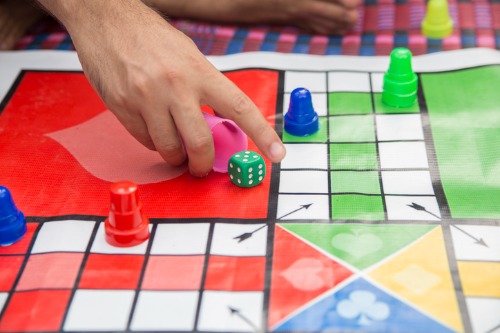
Smart TVs and gaming consoles took over family nights, replacing board games with digital adventures. But people soon noticed how everyone stared at their own screens instead of each other. The laughter, side conversations, and small chaos of board games are hard to reproduce digitally. Even the best online party games feel detached compared to rolling dice together.
Classic board games bring people face-to-face in a way that Wi-Fi can’t. There’s a social warmth that doesn’t survive the transition to pixels. Many families are rediscovering the joy of game night without a power button involved. Sometimes, the best tech-free moments are the ones that remind us how human connection really works.
2. Light Switches
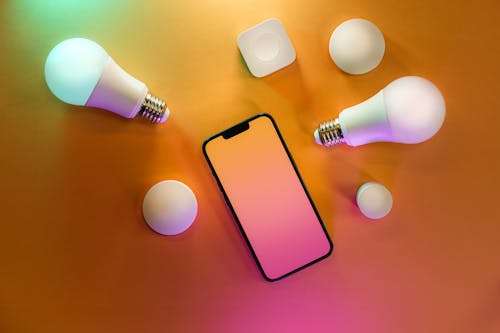
Smart bulbs and voice-activated lighting sounded futuristic — until people realized how often Wi-Fi drops or Alexa “doesn’t understand.” What used to be a flick of a switch now requires an app update or a reboot. Many homeowners have shared that when guests visit, no one knows how to simply turn on the lights. It’s a small daily frustration that makes something simple unnecessarily complicated.
People miss the instant, tactile satisfaction of flipping a switch. Sometimes, tech introduces friction where none existed before. Smart lighting can be convenient when it works, but the moment it doesn’t, you’re left in the dark — literally. For a lot of users, the glow of progress lost some of its shine.
3. Door Locks
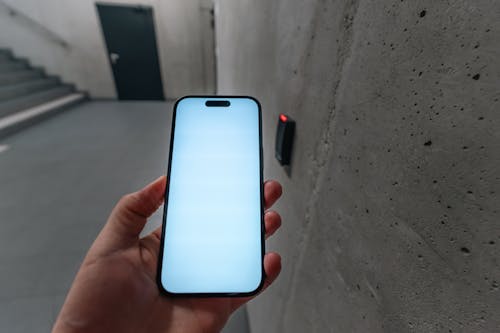
Smart locks felt like a step into the future — no keys, just your phone. But they’ve also stranded people outside when batteries died or Bluetooth failed. There have been real security concerns too, with hackers demonstrating ways to access certain models remotely. What was supposed to make homes safer sometimes ended up doing the opposite.
Traditional locks rarely left you standing in the rain waiting for an app to load. People realized they missed the reliability of something mechanical. A metal key doesn’t glitch, need a firmware update, or accidentally unlock itself during a system reset. For peace of mind, some are going back to basics.
4. Doorbells
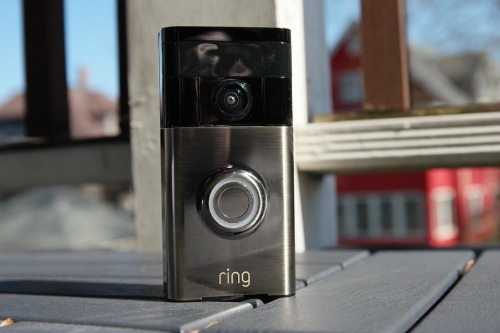
Video doorbells like Ring and Nest Hello became wildly popular for monitoring packages and visitors. But they’ve raised privacy issues, with footage sometimes shared with law enforcement or stored in the cloud. Beyond that, people discovered that these devices could lag, miss visitors, or constantly alert them about passing cars. Instead of feeling safer, some felt more anxious.
Old doorbells just worked — no subscriptions, no data concerns, no lag. The constant notifications have turned what used to be a simple chime into a source of digital stress. And when Wi-Fi cuts out, the fancy doorbell becomes just a pretty button. Simpler can sometimes mean saner.
5. Curtains
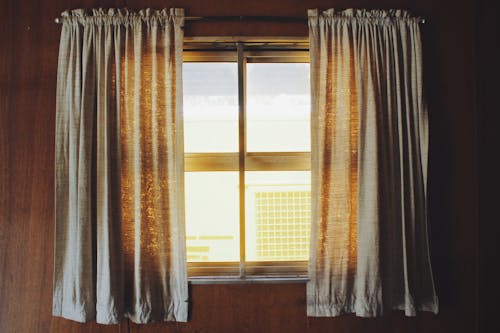
Motorized smart blinds sounded luxurious, especially for hard-to-reach windows. But people quickly found them expensive to maintain and finicky when motors failed. Many rely on proprietary apps that stop working if the manufacturer discontinues support. Suddenly, opening the curtains became a high-tech headache.
Manual curtains never required tech support or firmware updates. They open when you want them to and don’t care if your router is down. Some homeowners realized they’d traded a simple tug for a tangle of automation issues. Comfort shouldn’t depend on connectivity.
6. Alarm Clocks
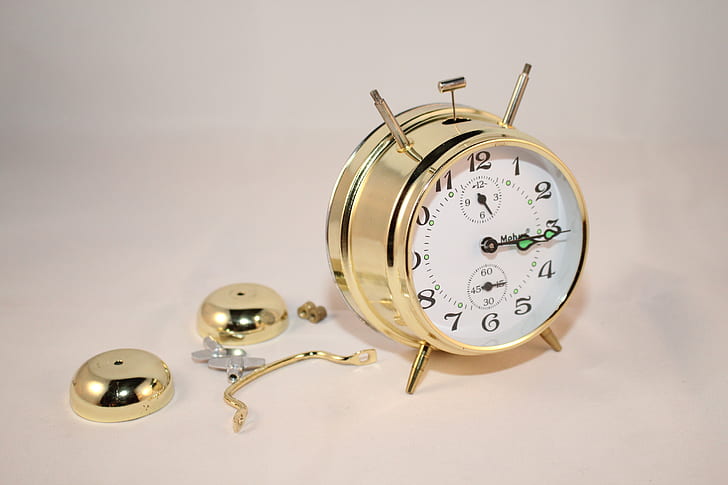
Replacing the old alarm clock with a smartphone seemed harmless — until sleep patterns started to suffer. The temptation to scroll social media or check messages before bed keeps people awake longer. Studies have shown that the blue light from screens suppresses melatonin and disrupts rest. What started as convenience quietly turned into chronic tiredness.
Classic alarm clocks didn’t ping with notifications or lure you into doomscrolling at midnight. Their simplicity helped people separate sleep from stimulation. It turns out, “there’s an app for that” isn’t always an upgrade. For better mornings, some are dusting off their old bedside clocks.
7. Cookbooks

Tablet and phone recipes promised convenience, but cooking from a glowing screen can be more chaotic than inspiring. Devices lock, screens dim, and fingers coated in dough don’t mix well with touchscreens. Plus, countless recipe blogs bury the instructions under pop-ups and ads. Suddenly, dinner feels like a digital obstacle course.
Physical cookbooks, by contrast, stay open, don’t crash, and often hold sentimental value. The handwriting in margins and food stains tell family stories. Many home cooks have rediscovered how grounding paper recipes can be. Technology made it faster, but not better.
8. Landlines
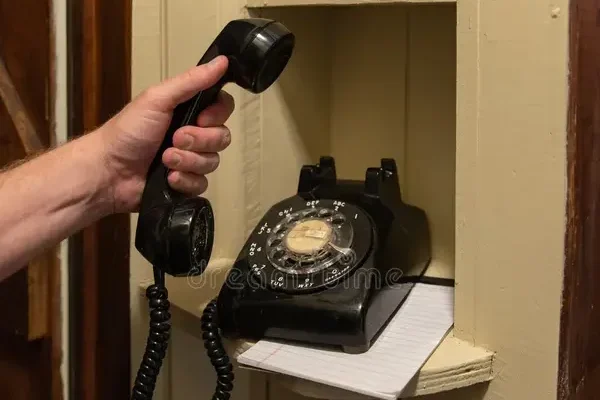
People ditched landlines for smartphones and smart speakers, assuming total freedom. But when the power goes out or networks fail, those sleek devices stop working. Landlines, especially corded ones, were reliable during storms and emergencies. In a crisis, reliability beats innovation.
Many regret giving up the sense of permanence and dependability that came with a home phone number. Landlines also discouraged endless scrolling — they did one thing and did it well. The quiet ring of a phone anchored to the wall feels oddly comforting now. Sometimes, old tech earns its keep by just working.
9. Paper Calendars
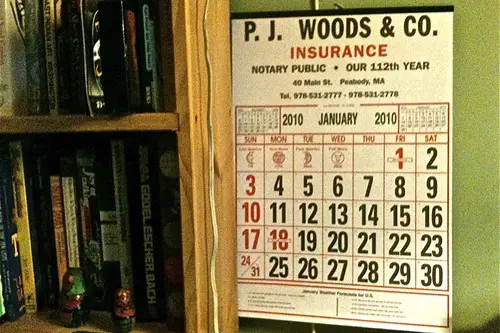
Digital calendars sync everything instantly, but they’ve also made scheduling more chaotic. Shared invites, constant reminders, and syncing errors can make time management feel like a full-time job. There’s also something intangible about handwriting an event and seeing it at a glance on the wall. Screens, for all their clarity, often lack warmth.
Paper calendars provide a visible rhythm to daily life. You don’t need to open an app or squint at tiny numbers. Families used to gather around the kitchen calendar to coordinate plans — a simple ritual now lost to screens. It’s a reminder that not all progress is productive.
10. Physical Books

E-readers are convenient, lightweight, and can hold thousands of titles. But many readers report more screen fatigue and less emotional connection compared to holding a real book. Studies suggest that people remember less of what they read digitally versus on paper. The tactile experience of turning pages just can’t be replicated.
There’s also something calming about seeing shelves filled with stories you’ve lived through. Physical books invite lingering; screens encourage skimming. While e-books are great for travel, they’ve made some readers nostalgic for the feel of a spine and the smell of paper. Progress doesn’t always smell as good.
11. Notebooks

Smart note-taking apps promised organization nirvana — until syncing errors and subscription fees hit. Many users find digital notes harder to remember or retrieve later. The physical act of writing has been shown to improve memory and focus, which typing can’t fully replace. Notes in the cloud might be convenient, but they don’t feel as personal.
A handwritten notebook captures thoughts with character — doodles, margin notes, and all. It’s something you can flip through years later without worrying about deleted files or expired logins. People are realizing that the analog messiness of pen and paper is part of its charm. Not every idea belongs on a screen.
12. Thermostats
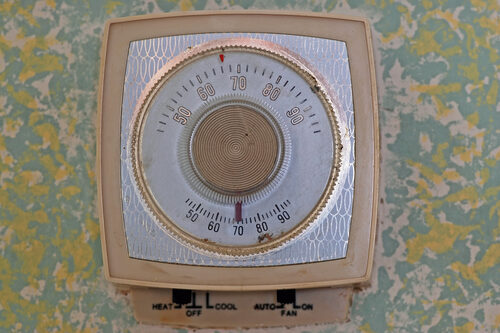
Smart thermostats like Nest and Ecobee promised energy savings and remote control. But for many homeowners, they became more confusing than helpful. Automatic temperature adjustments often misread habits, leaving people sweating in July or freezing in March. Some even reported higher energy bills because the systems didn’t learn routines accurately.
Old-fashioned thermostats were simple: turn the dial, get the temperature you want. With smart versions, a short power outage or Wi-Fi issue can throw everything off. The convenience only works when the tech behaves — and that’s not always a given. Sometimes, the “smarts” just aren’t worth the hassle.
This post 12 Things People Replaced with Tech and Immediately Regretted was first published on Greenhouse Black.
